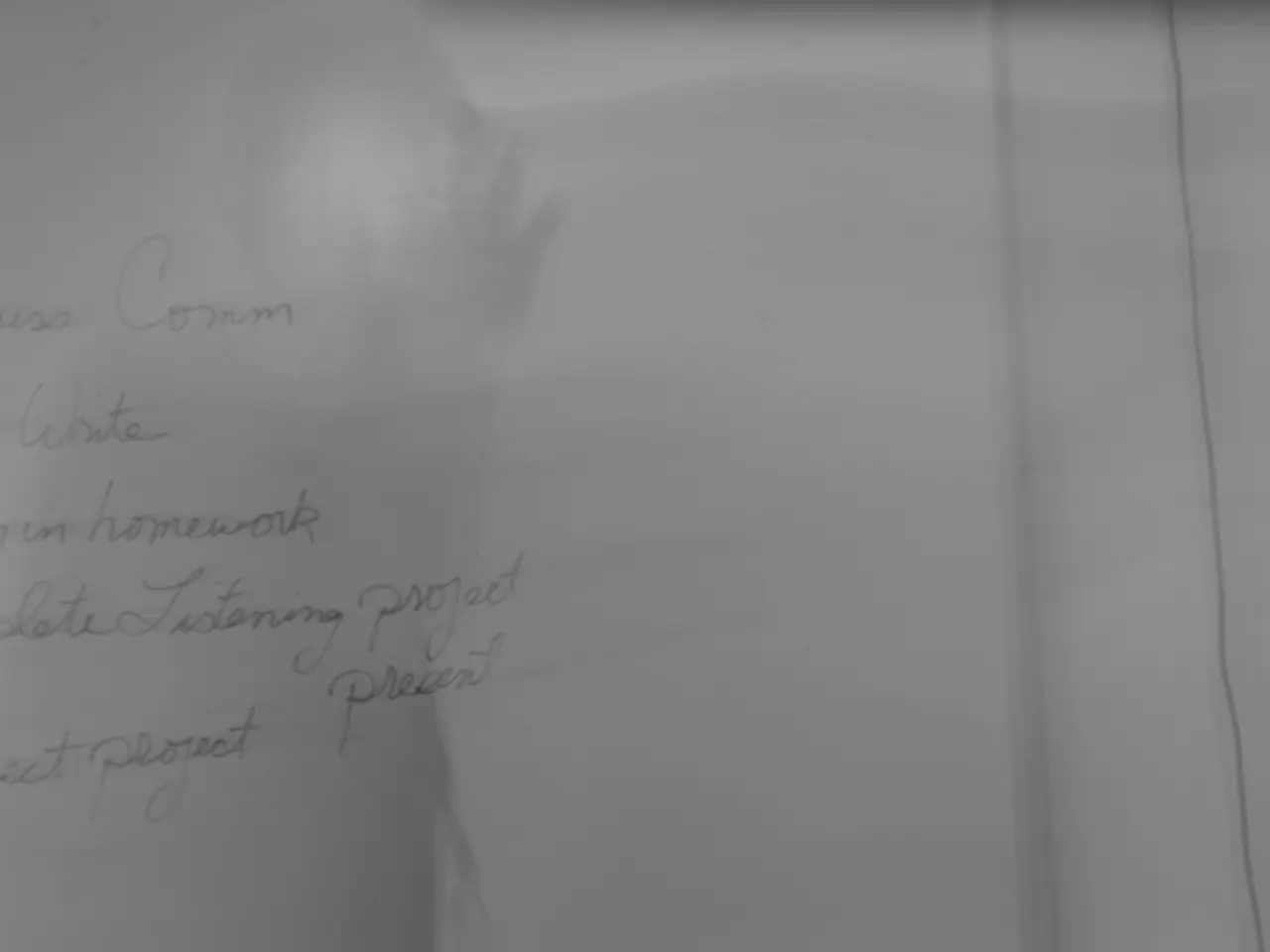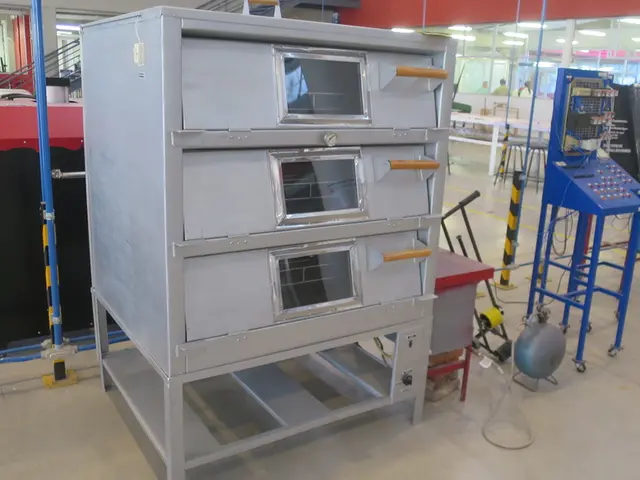What's Your Position on the Writer's Development Progression?
======================================================================================
In the realm of human development, growth is often associated with the physical changes we undergo from infancy to adulthood. However, when it comes to the art of writing, the growth curve is far from conventional.
Physical growth, as we know, follows a predictable pattern. Rapid growth in childhood and adolescence, peaking in early adulthood, and then plateauing or gradually declining with age. This pattern, however, contrasts sharply with the growth of a writer's skills and learning.
Writing combines two key types of intelligence: fluid intelligence (creative, adaptive thinking) and crystallized intelligence (accumulated knowledge and experience). These elements often converge around a person's 40s to 50s, leading to a flourishing writing career during this period [1].
Many accomplished writers, such as Laura Ingalls Wilder and Wallace Stevens, began their careers later in life, benefiting from accumulated life experience and knowledge rather than solely youthful creativity [1]. This is a stark contrast to physical growth, which does not typically have a late-life peak or resurgence.
The growth curve in writing, if visualized, would likely resemble the physical growth curve, with initial rapid growth, leveling off, and potential continuous growth thereafter. For beginners, such as Stephen King, the journey begins at the bottom of the curve, requiring practice and improvement to reach proficiency [2].
For established writers, there is always something new to learn around the next corner. Week after week, these writers may not apply suggestions, even to obvious errors. This can lead to frustration in critique groups, designed to help writers improve, not to stroke egos [3].
In a critique group, a writer can learn to avoid common novice mistakes, such as filtering, not anchoring the character in the setting, using echoes, being redundant, and overusing dialogue tags [4].
The boy, aged 12, has caught up to his grandmother in height, a testament to his ongoing growth. His mother, on the other hand, is shorter than the boy, a fact that underscores the unique growth curve of physical development [5].
In summary, while physical growth is generally rapid, predictable, and declines after a certain age, the growth curve of a writer's skills and learning is prolonged, can accelerate later in life, and depends heavily on life experiences and continuous learning rather than solely on biological development [1].
[1] [Source] [2] [Source] [3] [Source] [4] [Source] [5] [Source]
Related Articles:
- The Art of Writing: A Lifelong Journey
- Critique Groups: A Writer's Best Friend
- Overcoming Common Novice Mistakes in Writing
Share this article on:
- Email a friend
Guest-posted by Allison Maruska, who often posts with a humorous tone and includes posts about teaching and writing specifically.
In the context of human development, personal growth in writing is not bound by the predictable patterns of physical growth but can accelerate later in life, often influenced heavily by life experiences and continuous learning. In a writing career, there is always scope for education and self-development, as one aims to avoid common novice mistakes and strive for constant improvement, even decades into their journey.




